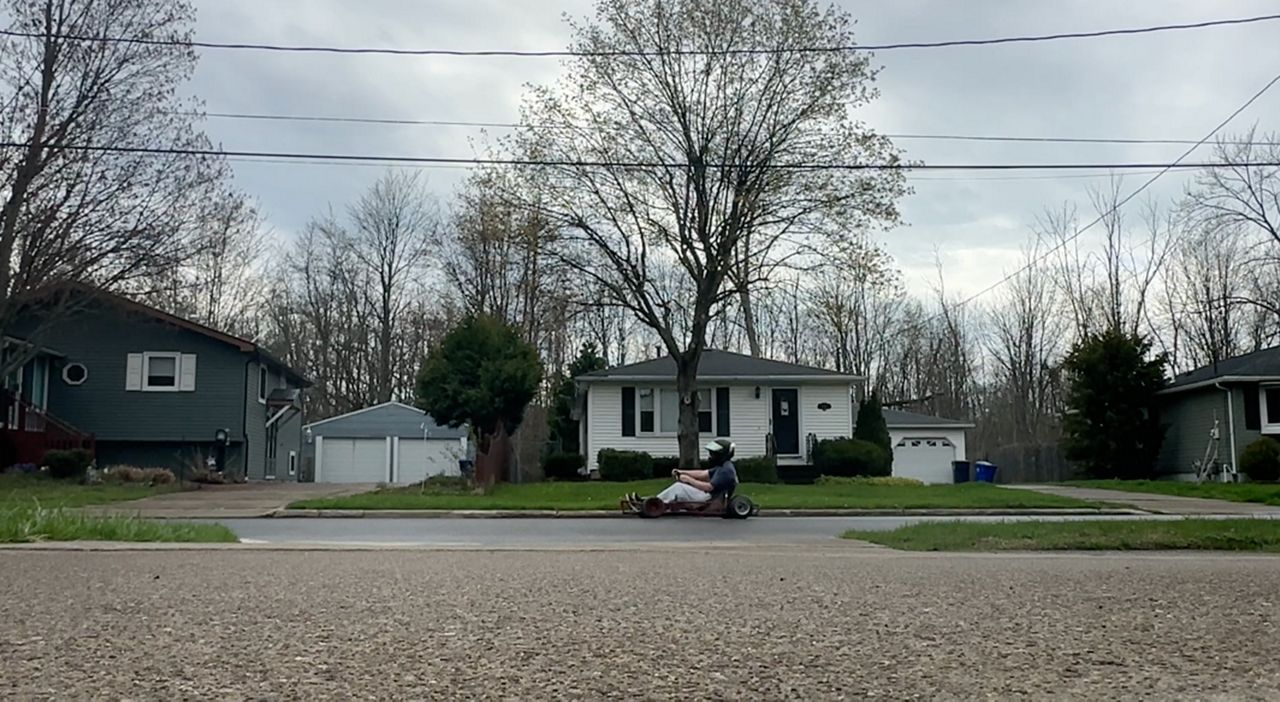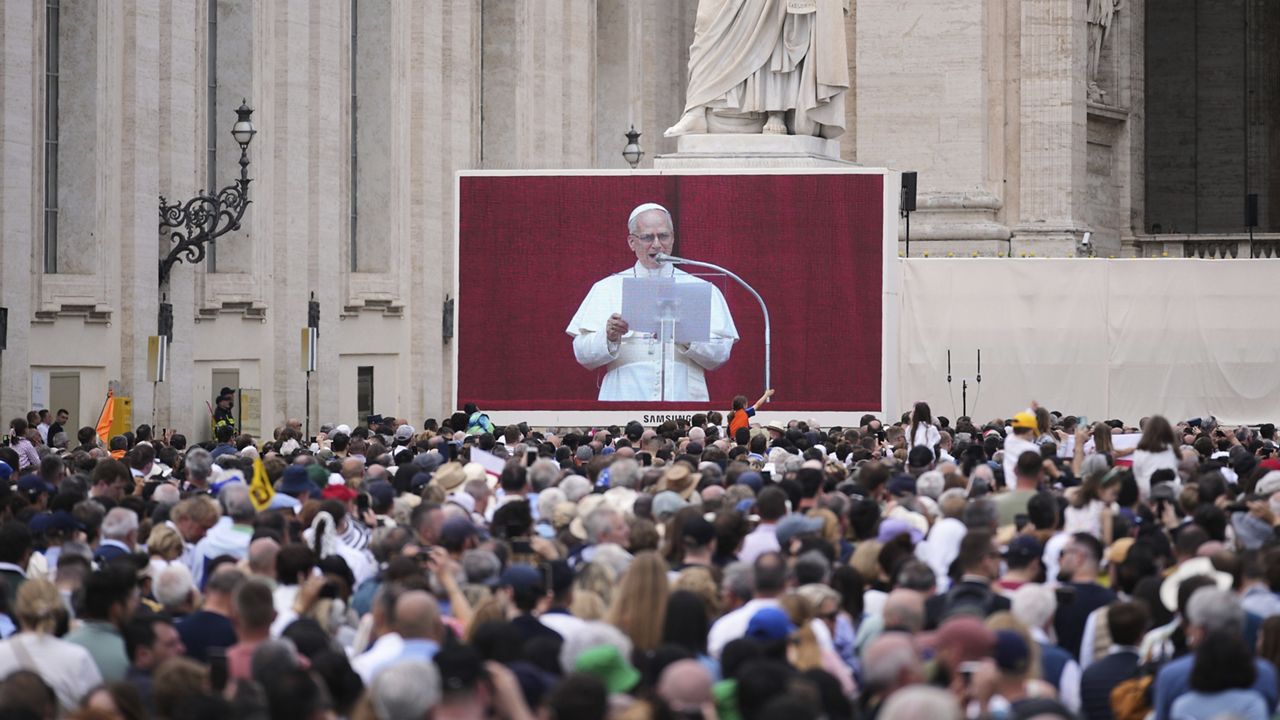Edmonia Lewis was one of the most remarkable figures of the art world in the 19th century, producing intricate pieces that earned her acclaim throughout Europe. She was born in a New York town called Greenbush that was later divided. While the exact location of Edmonia’s origins can't be pinpointed, the region takes pride in being the birthplace of a revolutionary woman in the art world.
What You Need To Know
- Edmonia Lewis was a world-renowned sculptor who was born in Greenbush, NY.
- After the death of her parents, Lewis was taken in by her aunts near Niagara Falls, where she sold crafts to tourists visiting Buffalo, Niagara Falls, and Canada.
- Lewis drew from obstacles she faced as a woman of African-American and Indigenous descent to create themes within her work.
“We can be encouraged by her life being that she’s from this area; we have the right to be proud and that includes the people of the city Rensselaer, North Greenbush, East Greenbush, and West Sand Lake. She’s part of us, all of us, and that’s the most important thing to me,” said Roberta "Bobbie" Reno, East Greenbush town historian.
After the death of her parents and much of her childhood spent in New Jersey, Edmonia was taken in by her aunts who lived near Niagara Falls. Here, she crafted and sold Ojibwe baskets and other goods to tourists visiting Buffalo, Niagara Falls and Toronto, a formative experience in her artistry.
“This is part of what Native Americans were doing to survive, selling these basic moccasins, beads, medallions and so forth, to survive,” Reno said.
Success didn’t come easy for Edmonia being a woman in the art world, no less, a woman of color. Her identity and the discrimination she faced because of it inspired her art, as she drew from experiences of being both African-American and Chippewa. She was able to give the world something unique because of who she was.
“She saw the dignity in two worlds, she saw the oppression in two worlds, and she had to survive in the third world that was causing the discrimination and so forth," Reno said. "I think that what she wanted to do, and I think it was one of her quotes attributed to her, was she wanted to show the other races of the world the dignity of the two cultures that she came from.”
Thanks to an initiative headed by Reno, the artist was immortalized in February with a commemorative U.S. Postage stamp, a fitting tribute to a woman whose will and success serve as inspiration for girls and women all over the world.
“We are important, and whatever our desires, our feelings, our opinions, our goals, should not be taken lightly, should not be ignored and I think what Edmonia Lewis did; she refused to be ignored,” Reno said.










